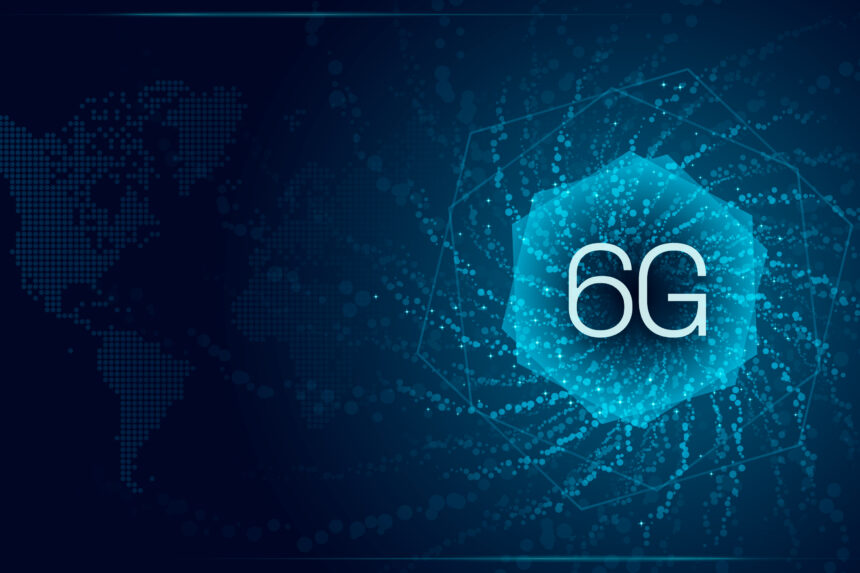Both are fast, modern, and secure—but they shine in different jobs. This no-nonsense guide shows where each one wins, where they overlap, and how to choose the right mix for your team and budget.

If you’re choosing between 5G vs Wi-Fi 6, start with the job to be done. Do you need campus-wide mobility for scanners and vehicles or maximum capacity inside a crowded office? The answer decides most of the stack before you price a single access point or SIM.
5G vs Wi-Fi 6: Plain-English Differences
Think of 5G vs Wi-Fi 6 as “public-cell network vs private-LAN.” 5G is standardized by 3GPP and accessed through mobile operators or private 5G (with licensed or shared spectrum). Wi-Fi 6 is the latest Wi-Fi generation for local networks (802.11ax), ideal for offices, stores, homes, and campuses.
Speed & Latency
Both are fast, but your experience depends on design. With 5G vs Wi-Fi 6, lab peak rates matter less than real layouts: backhaul capacity, channel planning, and client radios. Wi-Fi 6 adds OFDMA and better scheduling for dense rooms; 5G adds licensed spectrum, advanced MIMO, and network-level traffic management.
Coverage & Mobility
Coverage is the biggest practical separator in 5G vs Wi-Fi 6. Wi-Fi is fantastic within your walls but fades outside. 5G rides macro towers and small cells across cities and highways, handing off seamlessly between cells—ideal for fleets, field teams, and large outdoor sites.
Security & Control
In 5G vs Wi-Fi 6, both can be very secure. 5G inherits SIM-based identity and carrier-grade controls; Wi-Fi 6 gains WPA3, enterprise authentication, and mature LAN tooling. Pick the model your team can operate confidently—identity and segmentation matter more than buzzwords.

Where Each One Wins (Real-World Scenarios)
- Busy open offices: With 5G vs Wi-Fi 6, Wi-Fi 6 usually wins—lower cost per user, simple device onboarding, and excellent throughput when channels are planned well.
- Warehouses & AGVs: Private 5G wins for roaming forklifts, robots, and scanners that need predictable coverage and fewer dead zones across huge floors and yards.
- Stores & restaurants: For guest networks plus POS terminals, 5G vs Wi-Fi 6 leans Wi-Fi 6 inside; a 5G backup router adds resilience if broadband drops.
- Construction & Pop-up sites: 5G shines for day-one connectivity without cabling. Add Wi-Fi 6 inside trailers for laptops and printers.
- Stadiums & events: Both—5G for mobility at scale, Wi-Fi 6 for high-density seating with precise channel plans.
Costs You Actually Feel
Budgeting 5G vs Wi-Fi 6 is about TCO, not device price. Wi-Fi 6 needs access points, ethernet, and a controller (cloud or on-prem). 5G needs SIMs or private spectrum, radios, and often a managed service. A hybrid—Wi-Fi inside, 5G as WAN/backup or for wide-area devices—often wins on total reliability per euro.
Checklist: Pick Confidently in 7 Steps
- Map devices & motion: For 5G vs Wi-Fi 6, list where devices move (or don’t), and how many share air in each room/aisle.
- Define must-hit metrics: Throughput per user, acceptable latency, uptime target, SLA for incidents.
- Survey spectrum & walls: Concrete and metal punish Wi-Fi; 5G mid-band penetrates better than high-band.
- Pilot both: One AP and one small-cell tell you more than spec sheets. Measure in your worst spots.
- Secure by identity: WPA3-Enterprise or SIM-based access; segment guest, staff, and devices.
- Backhaul matters: Both need solid upstream. A great LAN on a weak internet circuit still feels slow.
- Plan for growth: In 5G vs Wi-Fi 6, leave headroom—channels, backhaul, and power—so you don’t rebuild next year.

Security: Practical Choices That Matter
For 5G vs Wi-Fi 6, the best security is the one your team will actually run: strong identity (WPA3-Enterprise or SIM), least-privilege network segments, and hardware that updates itself on a schedule. Add phishing training, device encryption, and a simple incident playbook.
Quick Reference (Copy/Paste)
| Factor | Wi-Fi 6 | 5G |
|---|---|---|
| Best for | Offices, classrooms, retail floors | Fleets, yards, campuses, pop-ups |
| Mobility | Strong indoors | Excellent across wide areas |
| Spectrum | Unlicensed; careful channel planning | Licensed/shared; managed interference |
| Identity | WPA3-Enterprise, certificates | SIM/eSIM, carrier auth |
| Typical TCO | Lower on-prem per user | Higher per device, strong for wide-area |
Related Guides on Bulktrends
- Small Business Cybersecurity: 12 Proven Moves
- Augmented Reality vs Virtual Reality
- Quantum Computing: Next-Frontier Basics
- The Ethics of AI: Taught Right from Wrong?
Authoritative External Resources (dofollow)
- 3GPP — 5G System Overview
- 3GPP — Spec Series (38-series for NR)
- Wi-Fi Alliance — Wi-Fi CERTIFIED 6 Overview
Disclaimer: Network performance varies by spectrum, layout, client radios, and backhaul. Validate with a small pilot before investing broadly.






